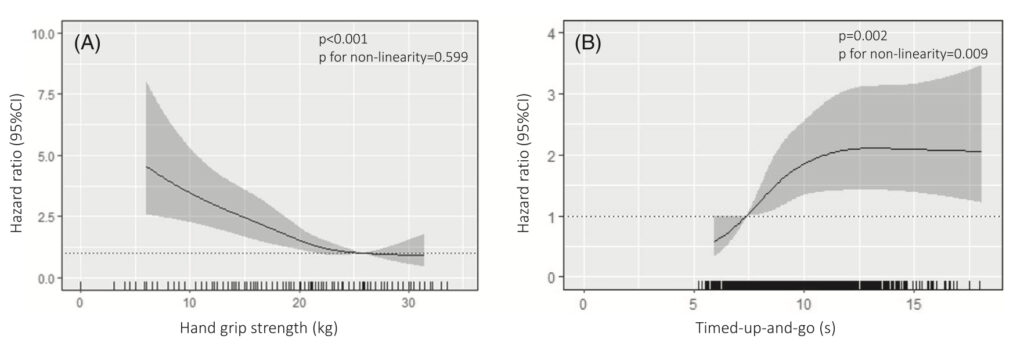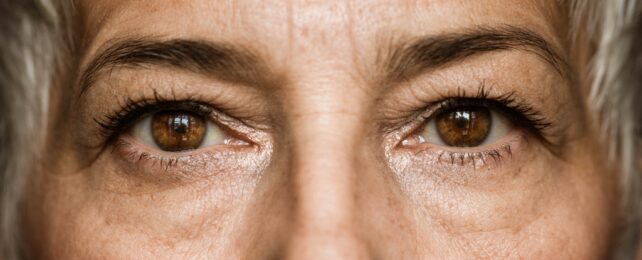Dementia is a brain disease that affects around 55 million people worldwide and is characterized by the loss of cognitive functions like memory and reasoning.
The classic, early cognitive symptoms of dementia – like misplacing valuable objects, forgetting names, and finding planning difficult – can creep up slowly over time.
But there are other, more noticeable changes to the body that correlate with dementia risk and can be picked up over a decade before diagnosis. Recent research has found that hearing difficulties may be a warning sign of dementia that arises years before other symptoms of the disease.
Now, a study conducted by Australian researchers suggests that measuring grip strength and mobility are two potentially useful and inexpensive ways to gauge dementia risk in older women.
In the study, around 1,200 women in their 70s were tested for grip strength using a hand-held dynamometer and for mobility using a timed-up-and-go test where the person rises from a chair, walks 3 meters (9.8 feet), turns around, and returns to sit in the chair.
These tests were conducted in 1998 as part of the Perth Longitudinal Study of Aging in Women and retaken five years later.
The participants' health was tracked using linked health records for the next 14.5 years. In that time, nearly 17 percent of women had been hospitalized with dementia or had died due to a dementia-related cause.
While the observational study could not show cause and effect, the researchers did find a neat, linear relationship between physical strength and mobility and the dementia events that occurred over a decade later.
Women who fell into the lowest quartile for grip strength or mobility were more than twice as likely than women in the upper quartile to be hospitalized with or die from dementia later in life.

The women with the steepest decline in grip strength and up-and-go measures over five years were at the highest risk of dementia.
These trends were independent of other risk factors, such as a genetic predisposition to Alzheimer's disease, a type of dementia, and risk scores for cardiovascular disease, which were measured at the start of the study.
"Both grip strength and timed-up-and-go tests aren't commonly performed in clinical practice, but both are inexpensive and simple screening tools," says Marc Sim, the senior author and exercise and sports scientist at Edith Cowan University in Perth, Australia.
The decline in neurological function characteristic of dementia could have a cognitive and motor component. Grip strength could be a surrogate measure of cardiovascular disease, inflammation, and frailty, known risk factors for dementia.
"Incorporating muscle function tests as part of dementia screening could be useful to identify high-risk individuals, who might then benefit from primary prevention programs aimed at preventing the onset of the condition such as a healthy diet and a physically active lifestyle," says Sim.
People with one copy of the APOE4 gene are at 2-3 times greater risk of Alzheimer's disease, one form of dementia. That risk increases 10-15 times for people with two copies of the gene.
In the study, around 23 percent of women had at least one copy of the APOE4 gene. Compared to strong, agile women without the APOE4 gene, gene carriers were at even greater risk of dementia if they also displayed muscle weakness or slowness.

By 2050, the number of people living with dementia is expected to rise to 152 million globally, at an estimated cost of US$1 trillion.
It may be possible to change that trajectory. According to a 2020 report by The Lancet, the leading preventable risk factors for dementia are physical inactivity, low social contact, less education early in life, hypertension, diabetes, hearing impairment, smoking, obesity, depression, excessive alcohol consumption, traumatic brain injury, and air pollution.
This paper was published in the Journal of Cachexia, Sarcopenia and Muscle.
